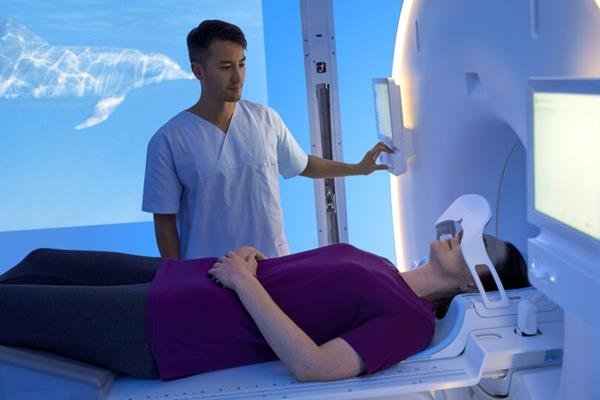
At the American Society for Radiation Oncology (ASTRO) 2025 Annual Meeting, Royal Philips, a global leader in health technology, will introduce groundbreaking additions in radiation oncology: the Philips Rembra RT and Philips Areta RT CT platforms, and the latest helium-free BlueSeal RT 1.5T MR system. Designed to help radiation oncology teams deliver highly accurate, efficient, and patient-centered care, innovative technologies like the new NanoPanel Precise XD detector, built for AI and the AI-based Smartspeed Precise, represent a significant step forward in tackling the growing complexities of radiation therapy planning.
Setting new standards in CT simulation with speed, accuracy, and long-term value
CT imaging is the foundation of precision in radiation therapy planning, delivering accuracy to guide treatment. But as oncology teams face mounting demands for precision, efficiency, and consistency amid staffing and resource pressures, a new era of CT simulation is rising to meet the challenge.
Philips’ new Rembra RT and Areta RT systems are designed to make cancer treatment planning faster and more accurate. These advanced scanners produce clearer, more consistent images so doctors can see tumors in greater detail and plan treatments with confidence. They also save valuable time with ultra-fast image reconstruction speeds up to 106 images per second, and easy-to-use touchscreen gantry controls that help 91 per cent of care teams work more efficiently. A wide 85 cm extended field of view and next-generation 4DCT imaging capabilities can capture a full respiratory cycle in one scan up to 500 scan seconds with breath rates of 4-40 breaths per minute.
Beyond imaging, the systems support remote collaboration for planning and training, helping care teams stay connected and efficient without adding extra staff. And with Philips’ industry-first Tube for Life Guarantee and a design for which 20 years of service could be provided (provided commercial upgrades and maintenance), hospitals gain reliable, long-term value while keeping costs lower. Patients also benefit directly, with a high-performance table that allows flexible positioning, faster workflows that shorten waiting times, and shared-use radiology capabilities on Rembra RT to maximize department efficiency.
“Philips invented CT Simulation and introduced the industry’s first Big Bore RT system,” said Dan Xu, Business Leader of CT at Philips. “With Rembra RT and Areta RT, we’re once again setting new standards in radiation therapy, empowering care teams with the precision, dependability, and speed they need to deliver the best outcomes for patients.”